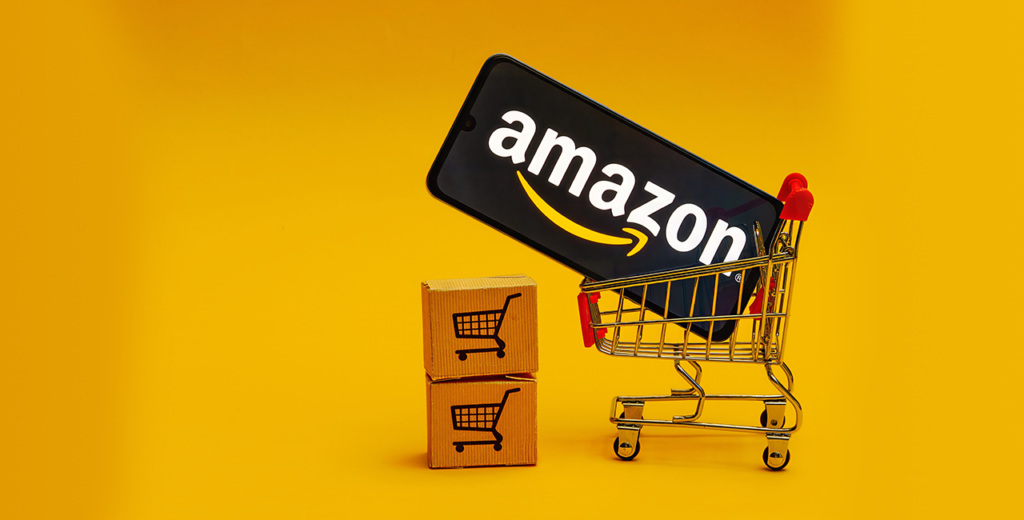Amazon advertising is a great way for businesses to increase their products’ visibility, sales, and brand recognition. But, like any advertising method, it has its challenges. If you’re not careful, you might end up making expensive mistakes that reduce your profit. An amazon advertising agency can help you avoid these mistakes.
Here’s a guide on how to avoid the most common mistakes in Amazon advertising.
8 Top Amazon Advertising Mistakes and How to Avoid Them
1. Not Having Clear Goals
One of the biggest slip-ups advertisers make is diving in without clear, specific goals. Before you start a campaign, take a moment to figure out what you’re aiming for. Do you want to boost sales, make your brand more well-known, or get your product seen more? Each of these goals needs its own game plan.
How to Avoid: Set goals that are clear, easy to measure, realistic, relevant, and have a deadline. For instance, if you’re trying to increase sales, keep an eye on things like how much you’re spending on ads, how many people are clicking, and how much money you’re making back. Make sure your ad strategies match up with these goals to stay on track.
2. Choosing the Wrong Keywords
Keywords are super important for your Amazon ads. Choosing the wrong ones, or not tweaking them enough, can make your ads suck and waste your money. A lot of advertisers either go too broad or too narrow with their keyword choices.
How to Avoid: Do your homework on keywords using tools like Amazon’s Keyword Planner, Helium 10, or Jungle Scout. Start by looking for long-tail keywords (more specific phrases) because they usually have less competition and are more likely to get you a sale. Keep an eye on how your keywords are doing and make changes as needed.
3. Not Paying Attention to Negative Keywords
Negative keywords are search terms you don’t want your ads to show up for. Not paying attention to them can end up costing you money, as your ads might pop up for searches you don’t want them to. This can make your ads less effective and your campaign less efficient.

How to Avoid: Add negative keywords to your campaigns to make sure your ads only show up for the right searches. For example, if you’re selling fancy leather belts, you might want to add terms like “cheap” or “faux leather” to your list of negative keywords to avoid showing up for searches you don’t want.
4. Not Making Your Product Listings Work
Even if your ad campaigns bring in visitors, if your product listings aren’t up to scratch, you’ll have a hard time turning those visits into sales. Bad pictures, unclear descriptions, and missing details can turn off potential buyers.
How to Avoid: Make sure your product listings are top-notch for both search engine rankings and how easy they are for customers to use. Use high-quality pictures, write detailed descriptions, and keep your bullet points clear and to the point. Optimize your listings with keywords that make sense for your product, but don’t overload them with keywords.
5. Not Having a Good Campaign Structure
Without a solid plan for your campaign, it’s tough to keep track of how well it’s doing or how to make it better. Running all your products under one big campaign or ad group can mess with how well your ads are optimized and how your budget is spent.
How to Avoid: Organize your campaigns by product categories, best-selling items, or specific goals. Break your campaigns into ad groups with keywords that make sense for each product, and don’t mix everything together. This setup lets you see which products and keywords are doing the best and adjust your strategy accordingly.
6. Not Keeping an Eye on Your Ads
Setting up ads on Amazon and then just forgetting about them is a pretty common slip-up. The Amazon marketplace is super competitive, so what clicks one day might not click the next. Not checking on your ads can lead to throwing money away and missing chances to make them better.
How to Avoid: Make sure to keep an eye on your ads regularly, at least once a week. Keep track of important stuff like how many times your ads are shown, how many times they’re clicked, how many people actually buy something, and how much you’re spending. Use Amazon’s tools to spot where you can do better. Change your ad prices, add words you don’t want to show up, and tweak things based on how well they’re doing.
7. Not Paying Attention to ACoS (Advertising Cost of Sale)
ACoS is a super important number in Amazon ads that shows you how much of your sales come from your ad spending. If your ACoS is too high, you’re spending a lot on ads but not getting much back, while a low ACoS means you’re making the most of your ad money.
How to Avoid: Watch your ACoS closely and make changes to your ads as needed. If your ACoS is too high, think about lowering your ad prices or changing your keywords to target better searches. Keep in mind that what’s a good ACoS for one business might not be for another, so look into what’s normal for your industry.
8. Not Trying New Things
A lot of advertisers just stick with what they know and never try anything new. This can make things pretty boring, especially when you’re up against other sellers on Amazon.
How to Avoid: Try out different ad formats, prices, and keywords to see what clicks. Play around with Sponsored Products, Sponsored Brands, and Sponsored Display ads to find what works best. Test out different ads, headlines, and descriptions to keep getting better.
Wrapping it Up
To boost your Amazon ad campaign’s success and return on investment, avoid these mistakes. Create structured campaigns, improve product listings, and use smart keyword and bidding strategies. Keep an eye on your campaigns and focus on key metrics for lasting success. Follow these tips to enhance your ad performance and get better outcomes.
Unlock Business Growth with Us!
Take your business to the next level with The Maddex! Unlock growth with our tailored digital marketing strategies. Get started today and see the results!



